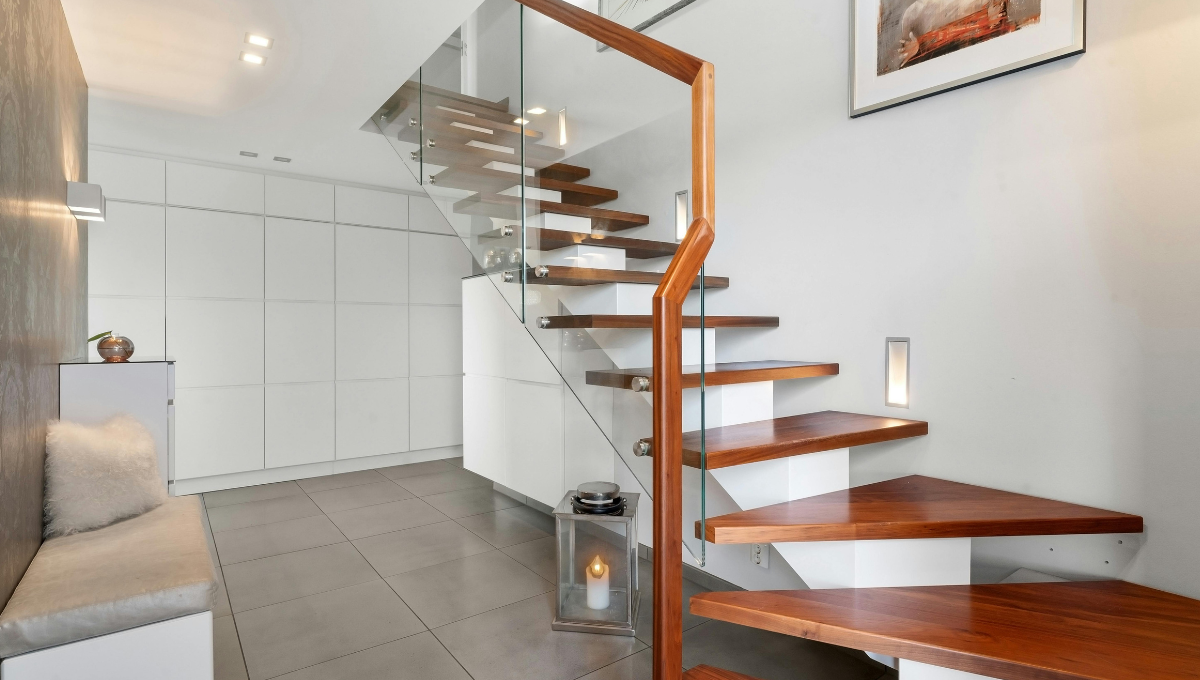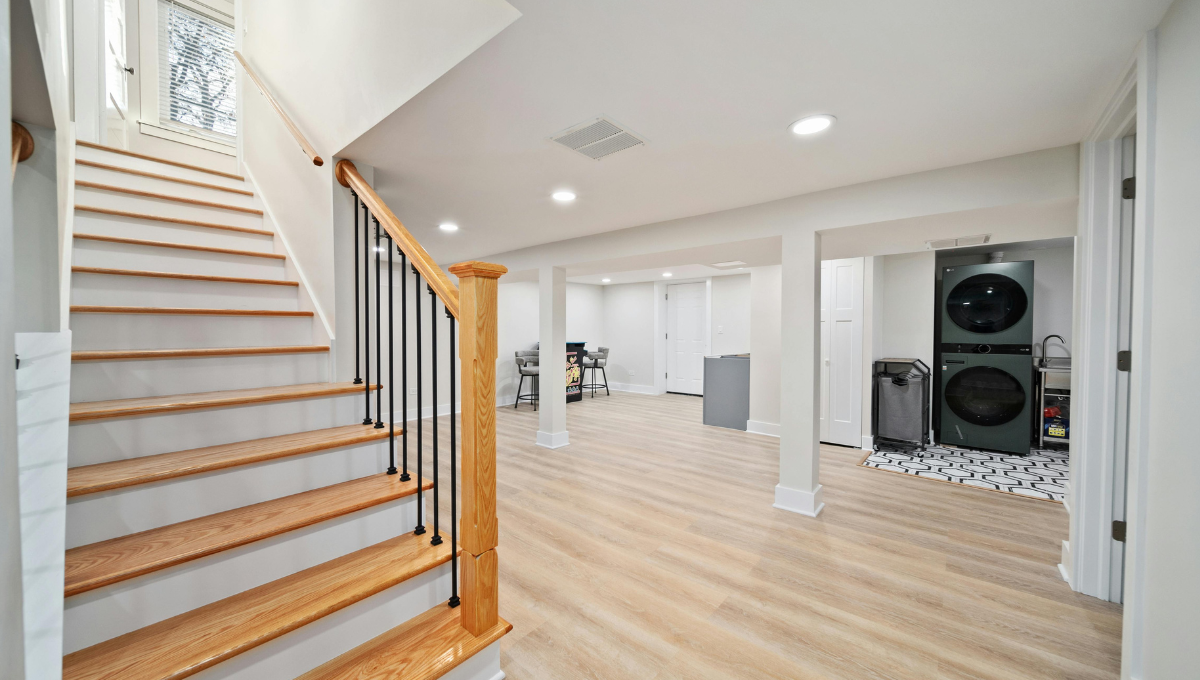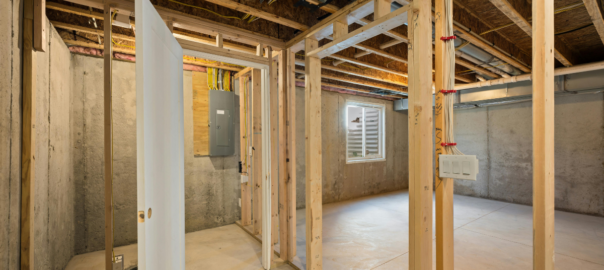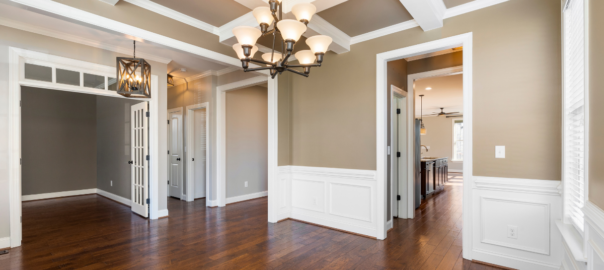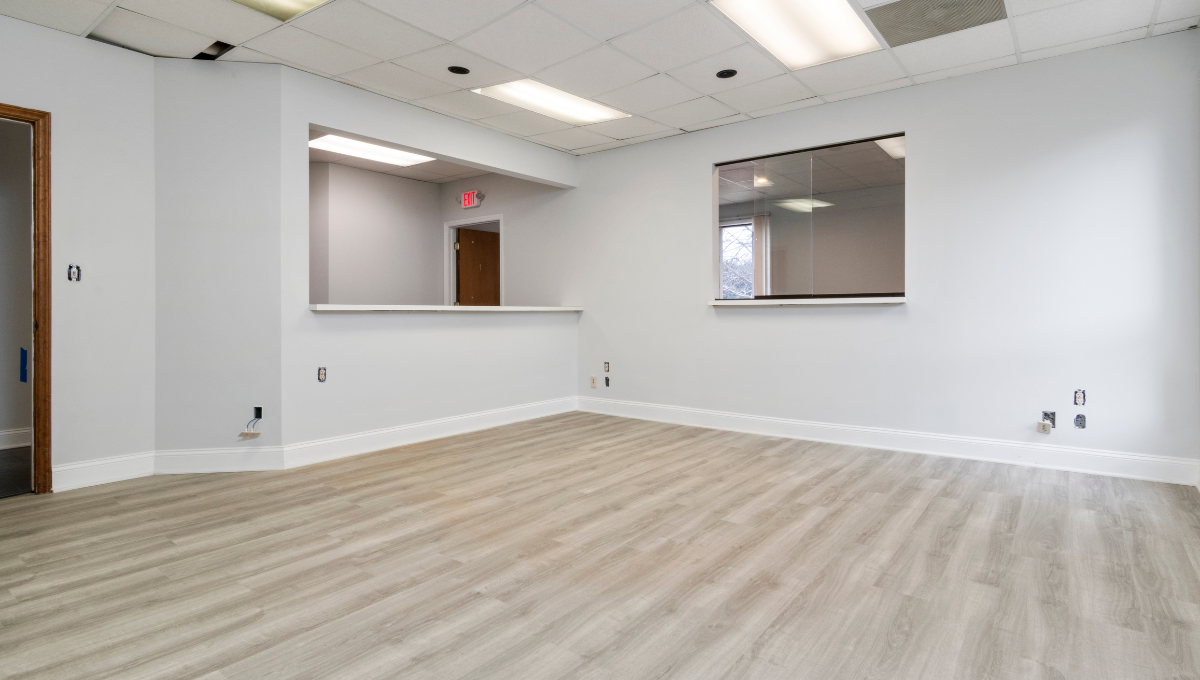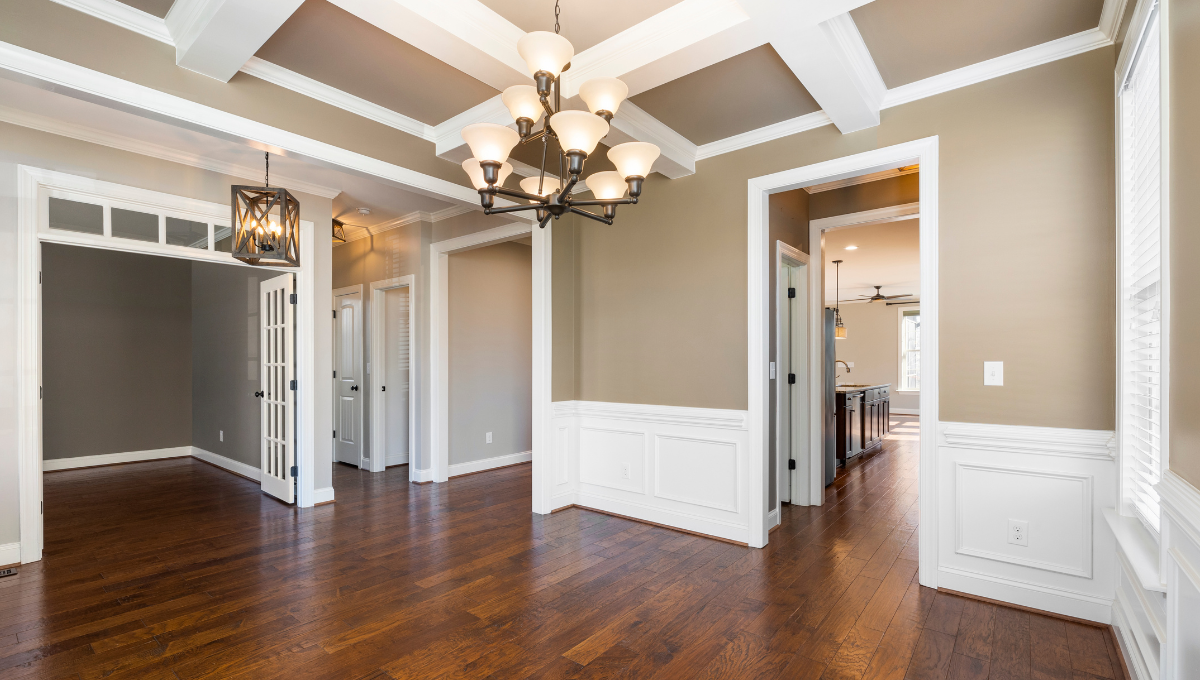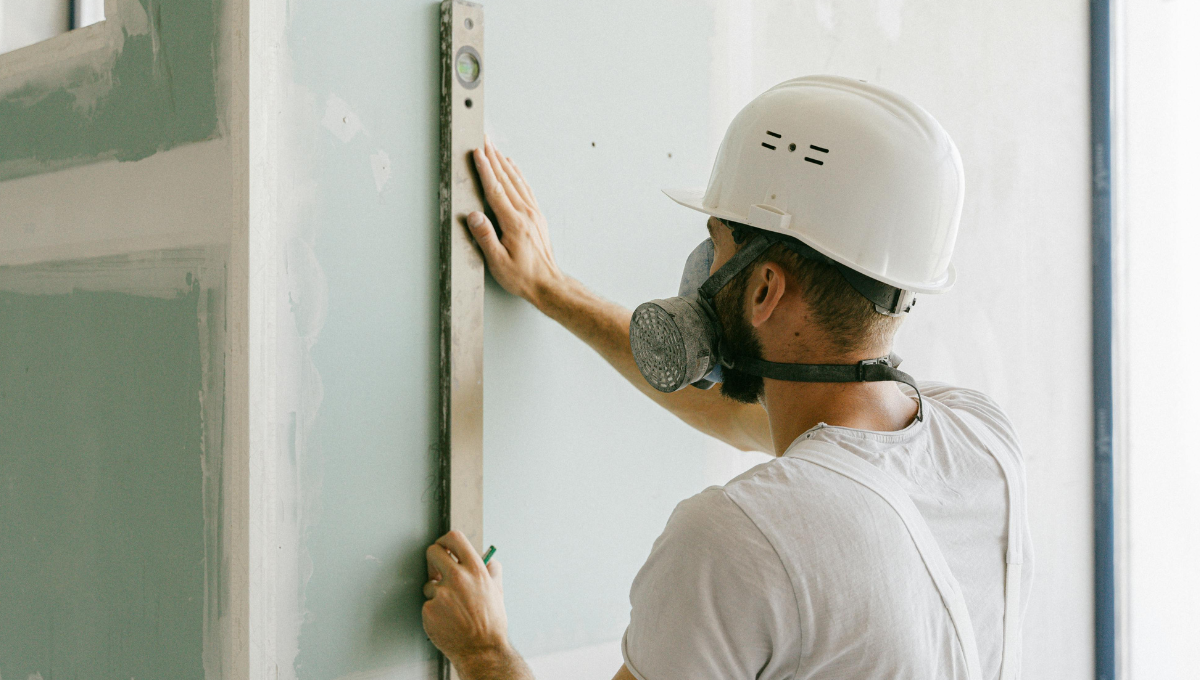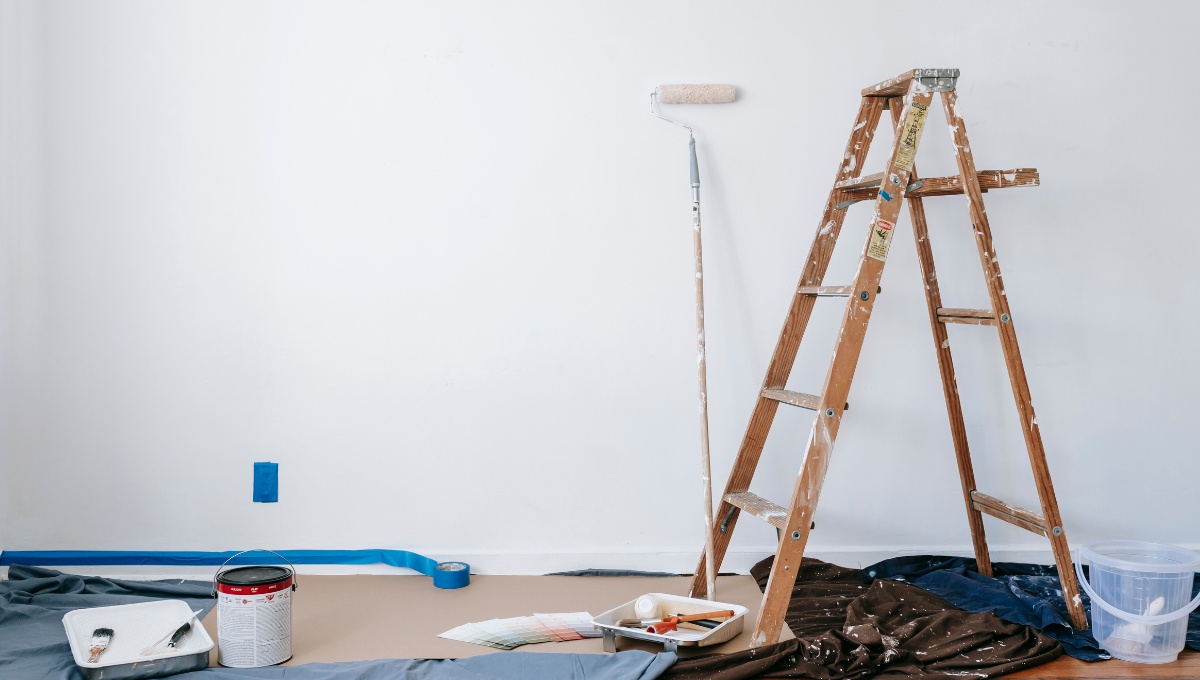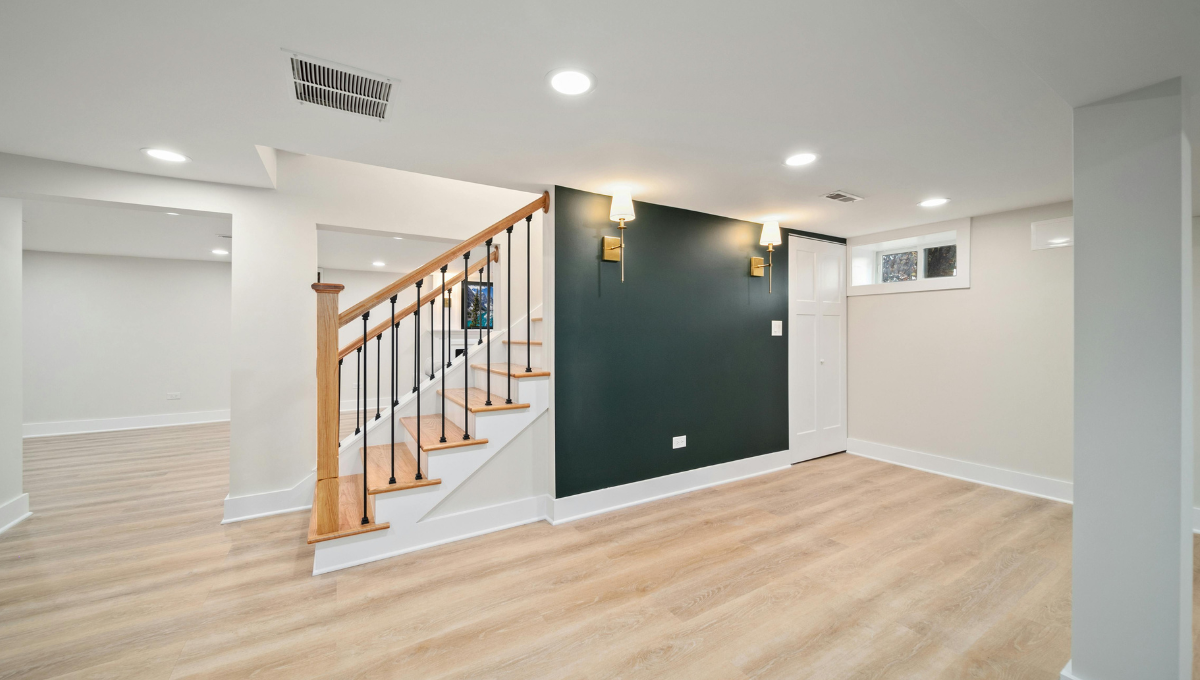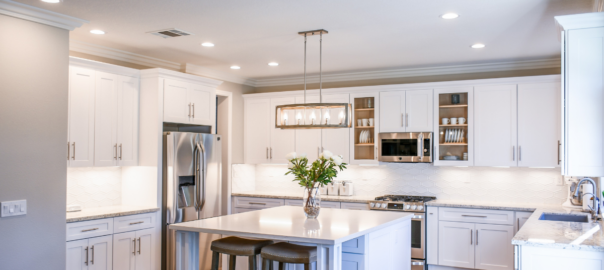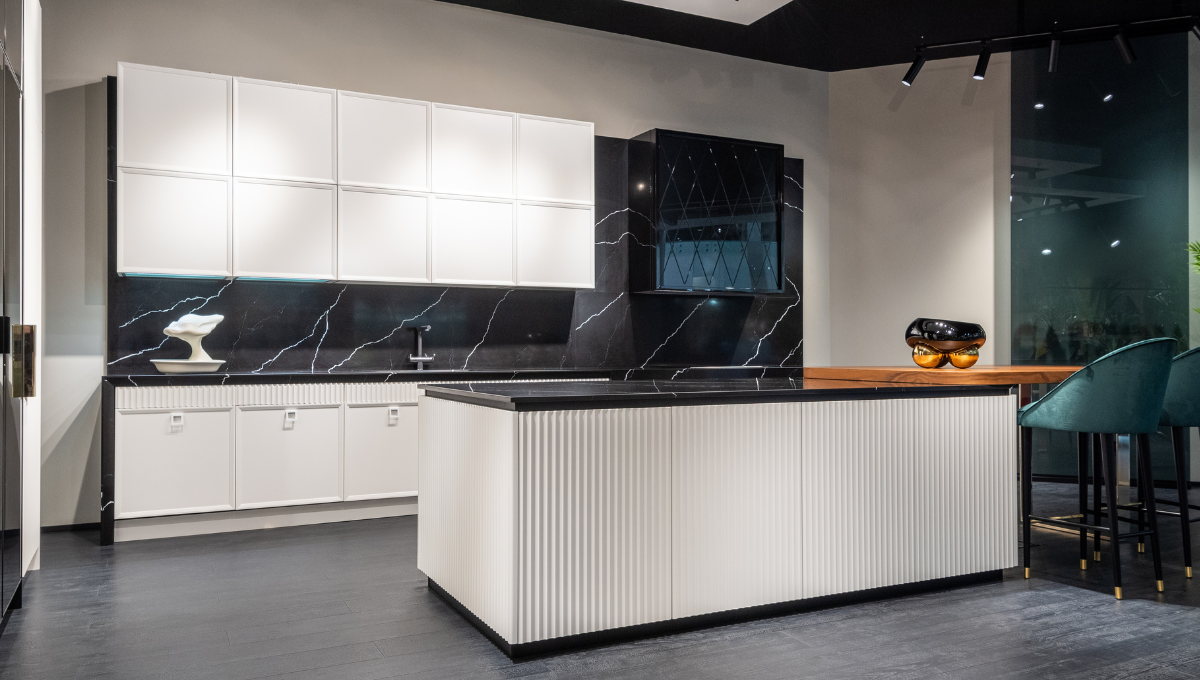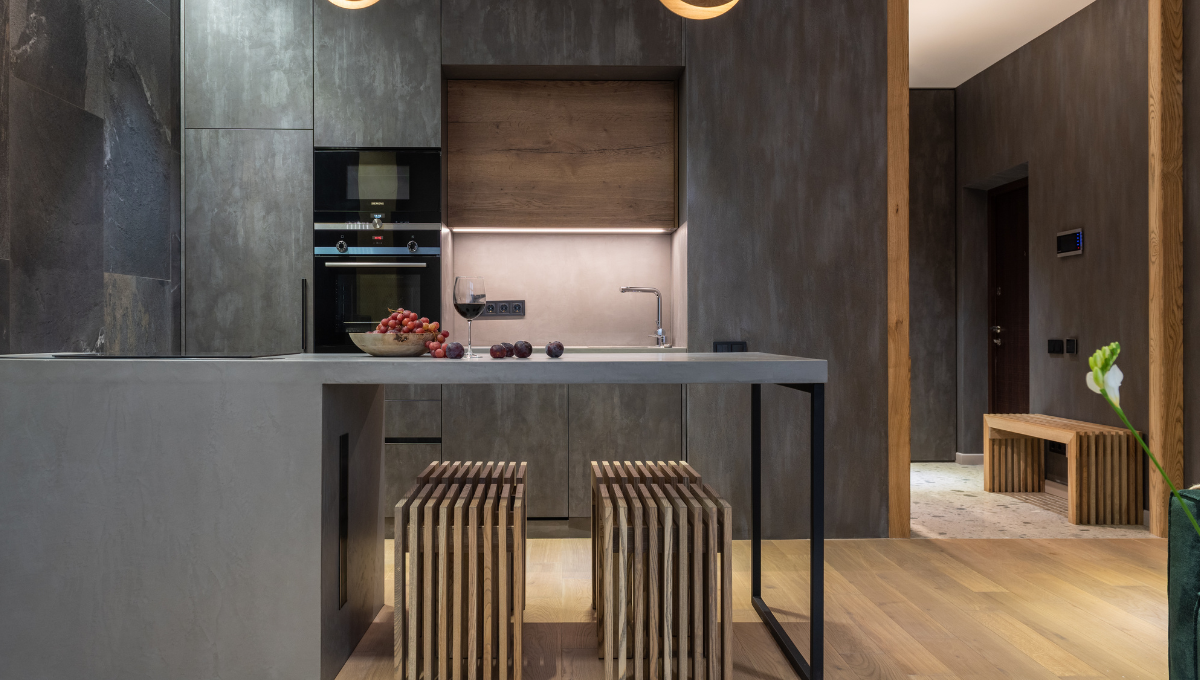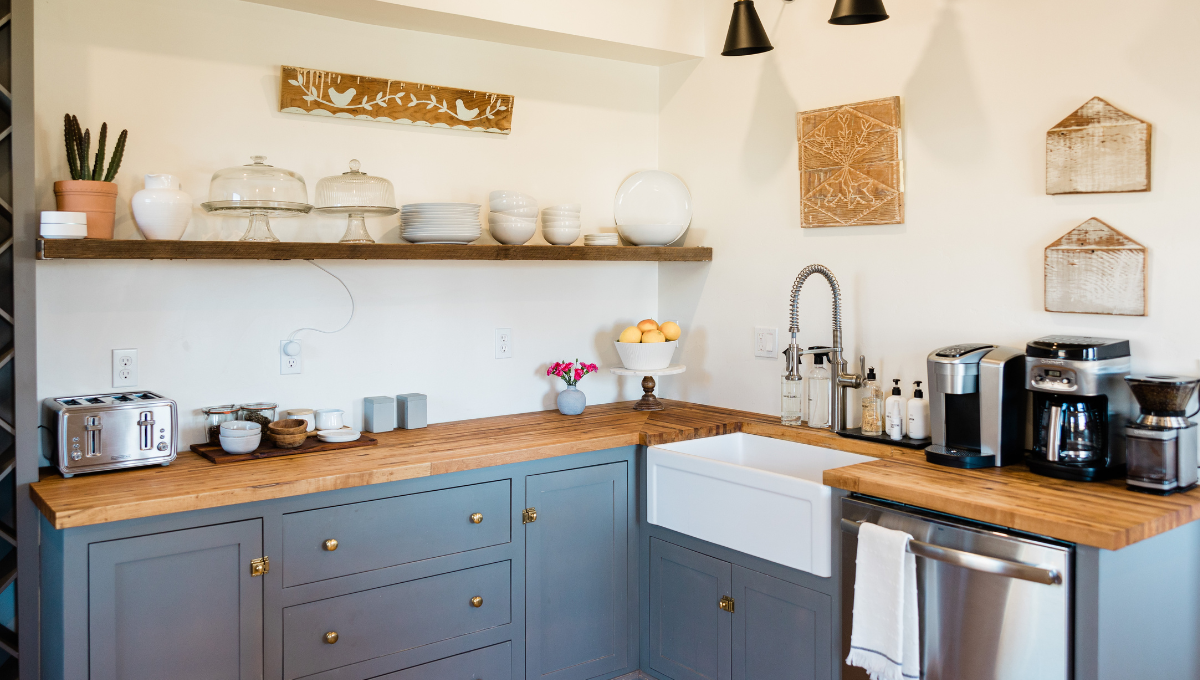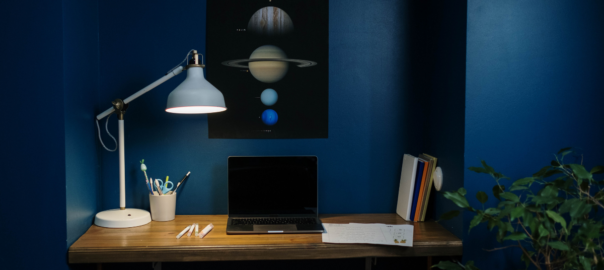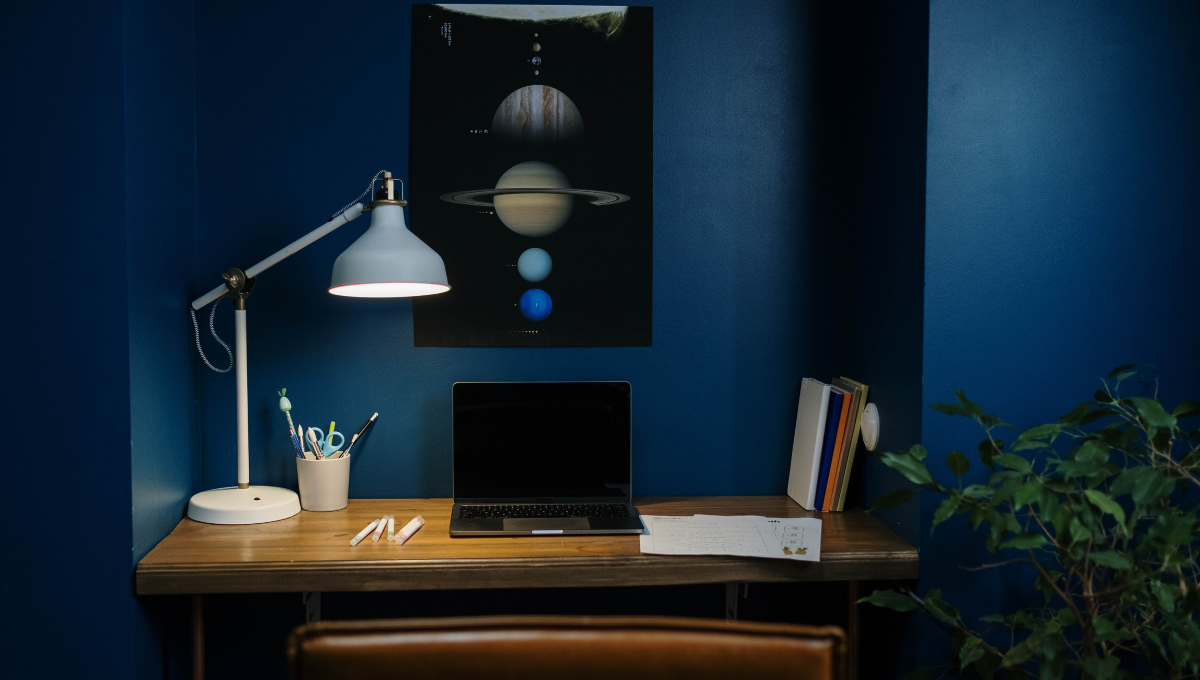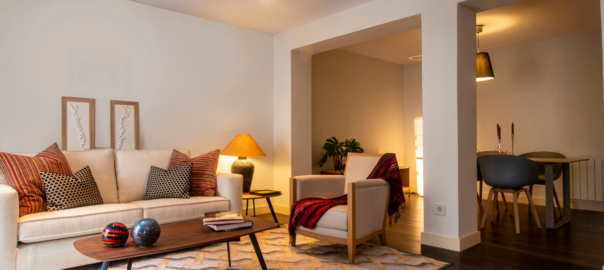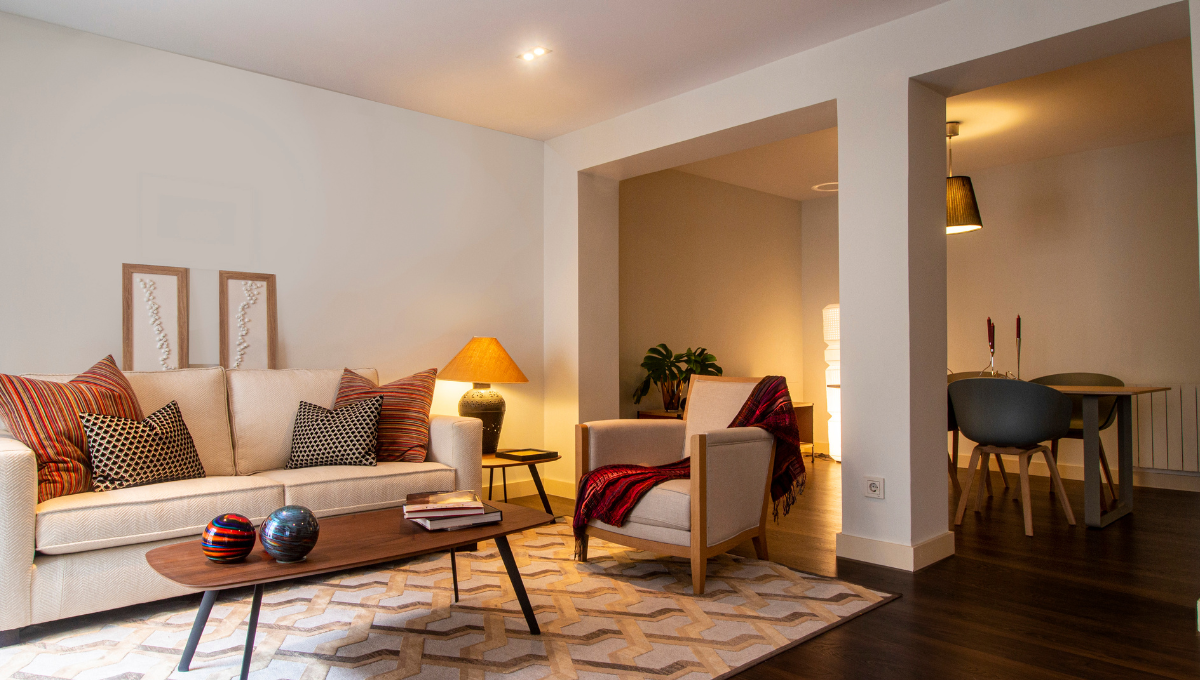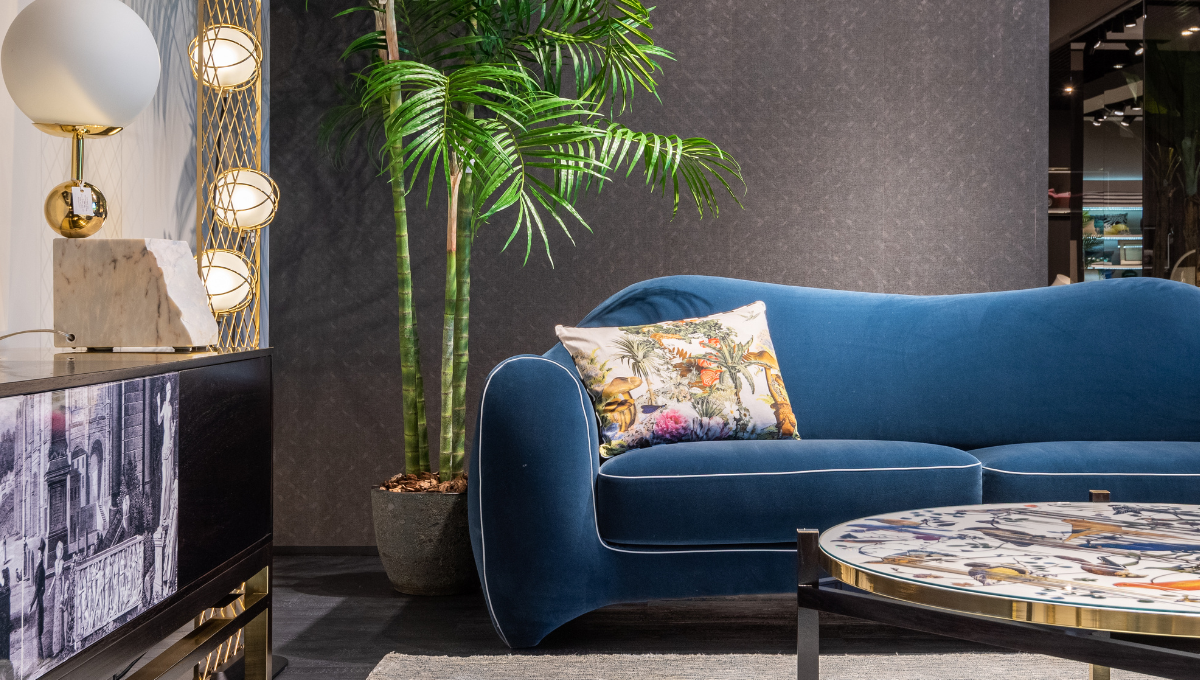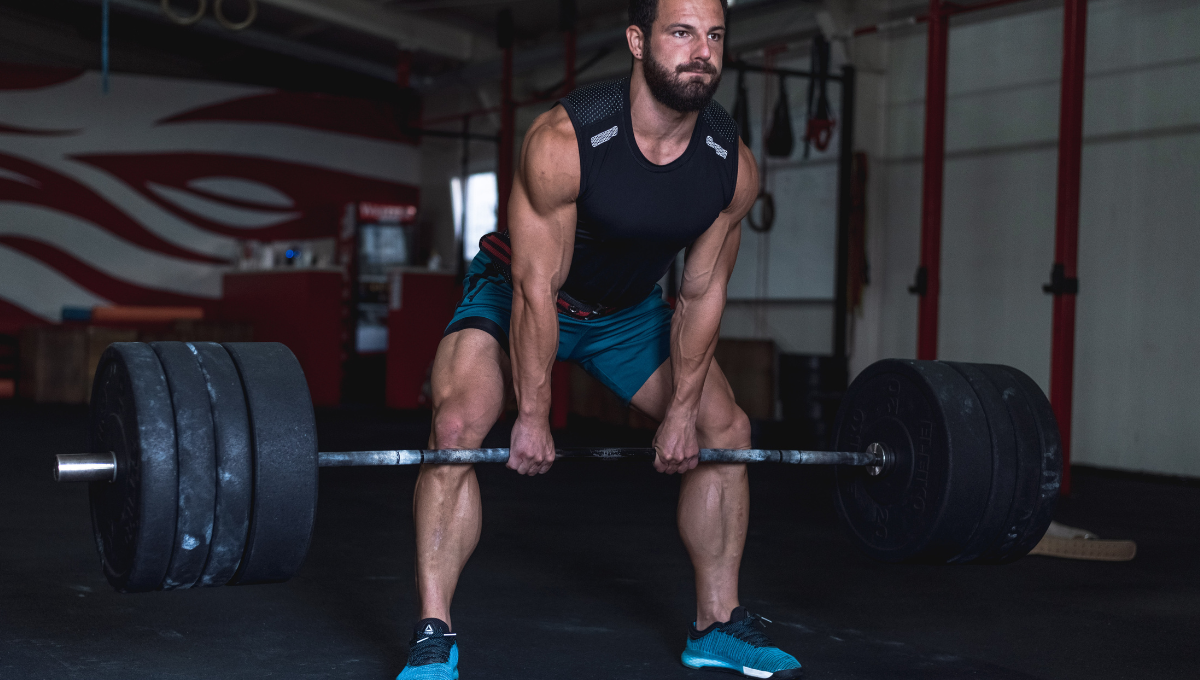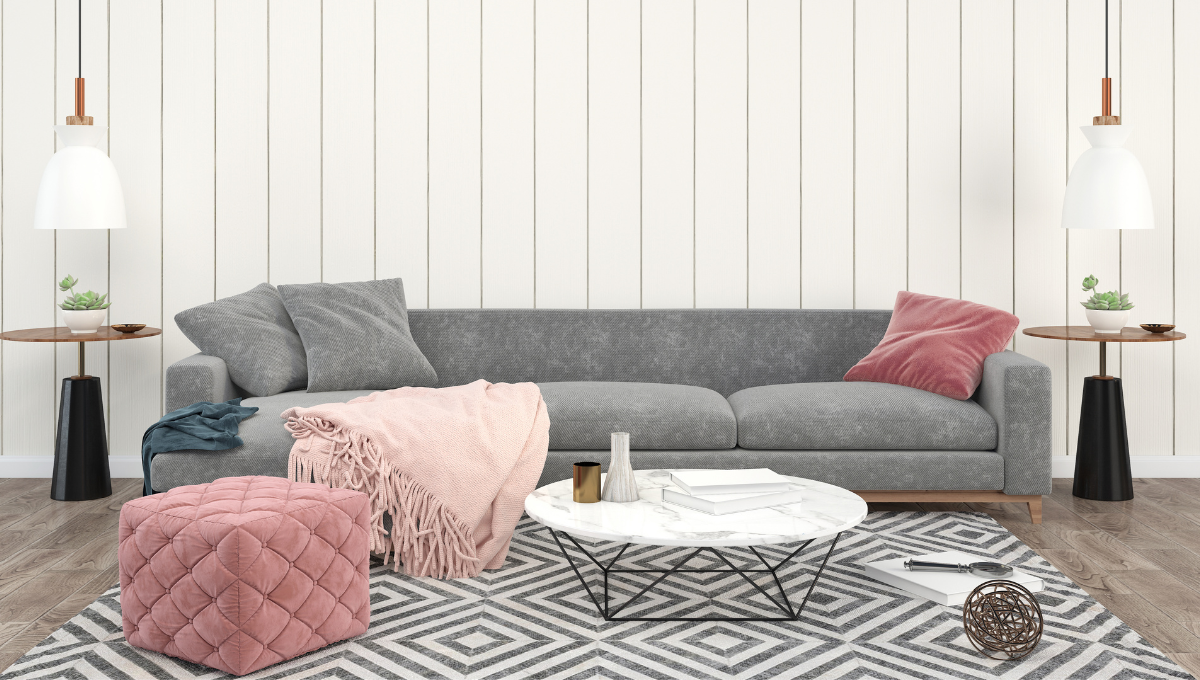Getting to your basement should feel easy, not stressful. But when space is tight, even a staircase can feel like a big problem. That’s why choosing the right basement staircase design matters so much. In small homes, every inch counts. A good design can make your home feel bigger. It can also make the basement more inviting and less hidden away.
Many people don’t think much about their basement stairs. They’re just “there” in the corner. But with smart planning, those stairs can become something special. They can save space and still look good. If you’re finishing your basement or just want better stairs, there are many simple ideas that work. You just have to pick what fits your home best.
Simple Shapes That Fit Anywhere
Straight stairs are the easiest to build. They go from top to bottom in a single line. In small homes, this works best when there’s a clear wall or space to tuck them along. You don’t lose extra room to curves or turns. If the basement is used often, straight stairs make walking up and down safer and quicker.
But sometimes, straight stairs just don’t fit. In that case, L-shaped stairs can help. These take a turn, usually halfway down. They feel more compact, and the turn creates a nice landing area. Even with the turn, the space stays open and easy to move through. This design feels calm and clean.
Spiral Stairs for the Bold and Brave
If space is really tight, spiral stairs might be the only choice. They go around in a tight circle, so they take up less floor area. These are great for basements that aren’t used everyday. They look unique and modern too. But they do take time to get used to. Going down with a laundry basket or tools can be tricky on a spiral stair.
Still, in tiny homes, spiral stairs can be a lifesaver. They give you full basement access without blocking off rooms. Just make sure they are built strong and follow safety rules. Many people fall in love with the style once they try them.
Open Stairs Feel Bigger
Open-riser stairs have space between each step. This lets light pass through. It makes the area feel less closed-in. These stairs don’t just help with space—they also add a light, airy look.
This is a trick often used in modern homes. In basements, it works well when there’s at least one window nearby. The light moves around more freely. If your basement feels dark, this kind of staircase can really help. It also adds a fresh, updated feel without changing the whole room.
Storage Under the Stairs
In small homes, stair space can’t go to waste. That’s why many people now add storage under their stairs. Drawers, cabinets, or even open shelves can be placed underneath. This gives you room for shoes, tools, or kids’ games.
It also keeps the basement neat and clean. You won’t need extra furniture or bulky boxes. Everything hides nicely under the steps. Many space-saving basement stair ideas that work include this kind of design. It’s smart and helpful.
Floating Stairs for a Modern Look
Floating stairs are attached to the wall with no side rail. They almost look like they’re hanging in the air. These are great if you want a wow factor in a small space.
They don’t block the room or take up visual space. That makes them perfect for narrow areas or finished basements. But they need to be built right. A solid wall must hold the steps, and safety rails should be added if kids or seniors are around. Still, these are part of the 10 stunning modern basement staircase designs to inspire your next project.
Wood That Feels Warm and Soft
When choosing materials, wood is still a top pick. It feels warm, soft, and timeless. Even in small spaces, wood makes the area feel cozy and welcoming.
Natural tones are often used in basement staircase design to keep things simple. Lighter woods help reflect light, which is important in basements. Dark woods can work too, but only if the space has good lighting. Either way, wood stairs stay strong for years and match most home styles.
Adding Light Where It Matters
Lighting changes everything. If your basement stairs are dark, people will avoid using them. A few LED strips under the handrail can solve this. Or try wall-mounted lights beside the steps.
These lights make the space safer too. Kids and guests can go up and down without worry. It’s also a nice way to show off your stair design, especially at night. No need for bright lights—just a soft glow works.
Rails That Match the Style
Handrails should always be there, no matter the design. In compact staircases, thin metal or cable rails work well. They don’t block the view and still offer support.
Glass railings are also used in modern basement staircase designs. They keep things open while adding a sleek look. Just make sure they’re kept clean and are installed properly. They’re strong, safe, and perfect for a minimal design.
Stairs That Blend In
Sometimes the best design is one that hides in plain sight. If your home is very small, it helps to match the stairs with the floor or wall colour. This way, the stairs feel like part of the room, not a bulky add-on.
Even the railing can be painted to match the wall. It’s a simple trick, but it makes a big difference. The basement entrance looks cleaner and less busy. In small spaces, these small changes matter a lot.
Planning Your Design
Before you start, measure everything carefully. A staircase needs proper width, height, and headroom. A professional can help with the layout. That way, you don’t run into problems later.
Try to think about how you’ll use the basement too. If it’s a bedroom or office, choose quiet, safe stairs. If it’s a play area, pick wider steps and soft edges. Your lifestyle will help guide your choice.
Basement Stairs That Work for You
Every home is different. What works in one space may not work in another. But there’s always a staircase design that fits. The trick is to keep things simple, clean, and safe.
Think about how the stairs will look and feel. Don’t rush. Whether it’s a straight design, a floating look, or added storage, your stairs can help your home feel bigger and better. With the right ideas, even a small basement can feel like a bright, open part of the home.
Ready to build your perfect staircase? Try a compact basement staircase design that suits your small space and brings your whole home together.


